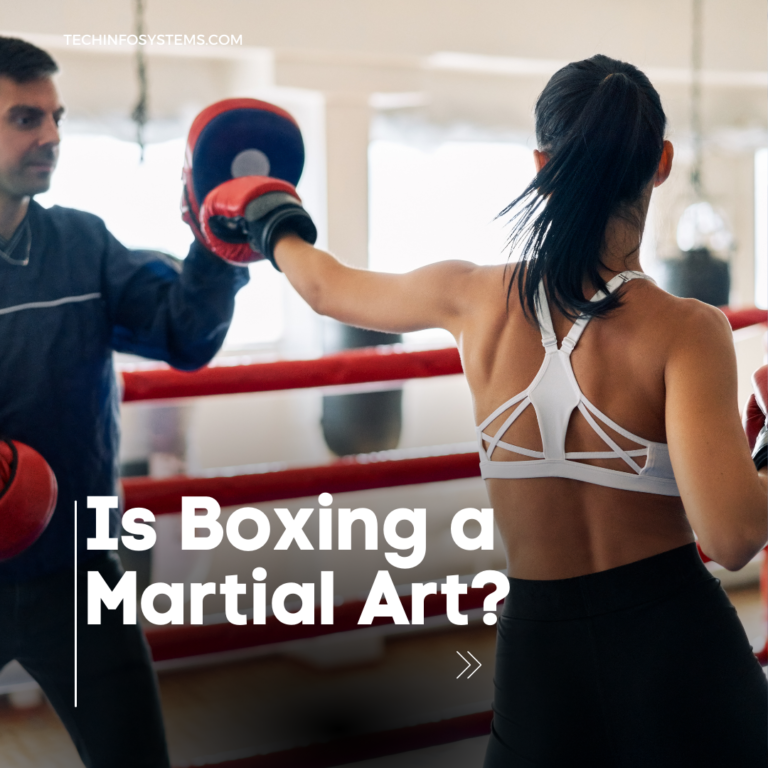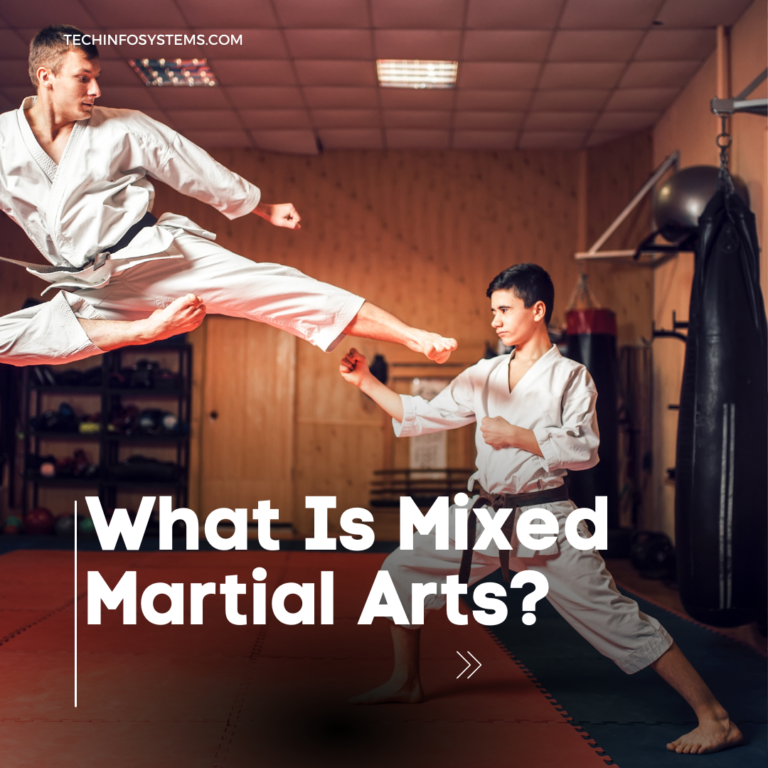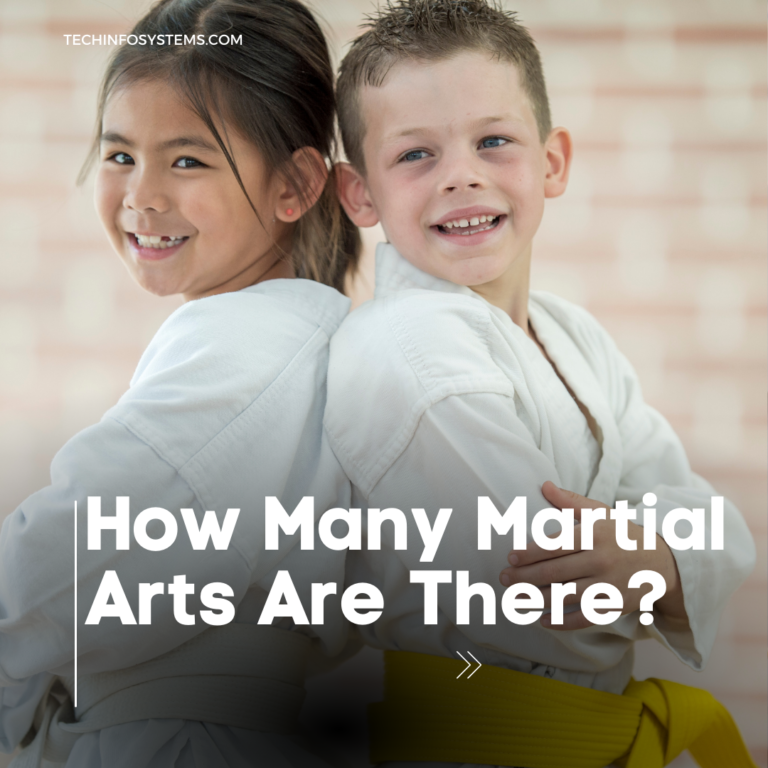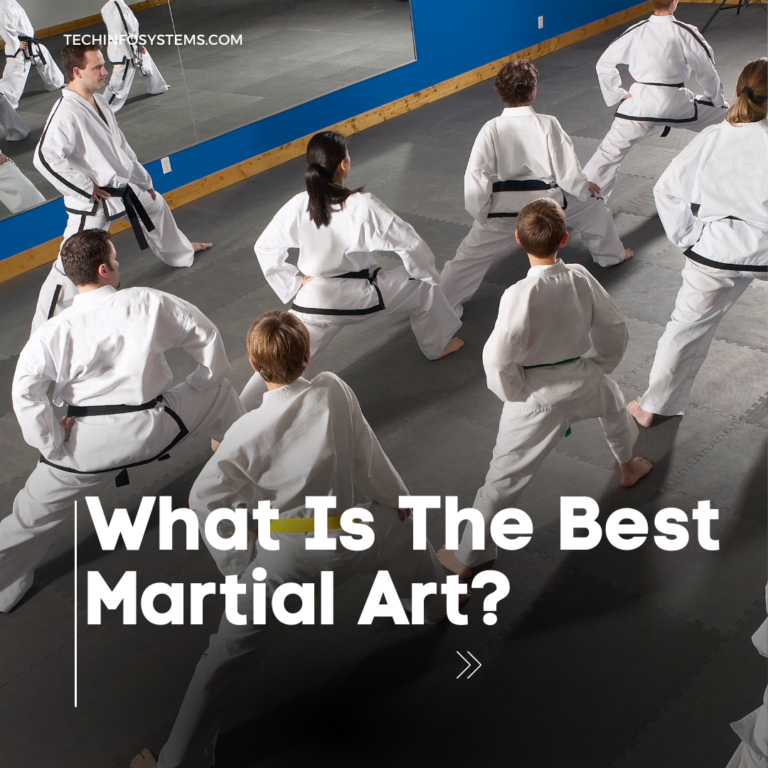what’s the best self defense martial art?
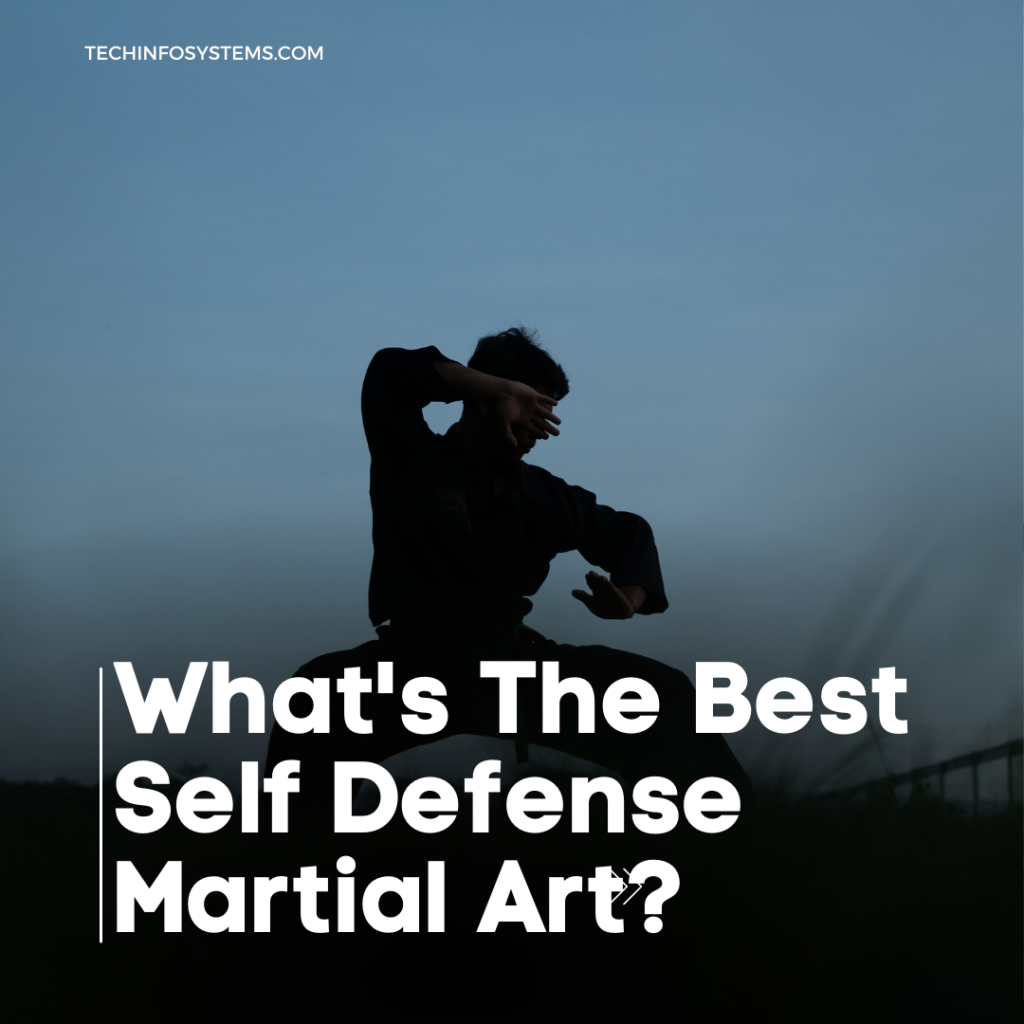
Unveiling the Guardian Within: What’s the Best Self-Defense Martial Art?
In the pursuit of personal safety and empowerment, the quest for the best self-defense martial art is a common journey. With a myriad of disciplines offering different techniques and philosophies, it’s essential to explore the options and understand which martial art aligns best with self-defense needs. In this guide, we navigate the landscape to answer the question: What’s the best self-defense martial art for you?
Defining Self-Defense in Martial Arts
Before delving into specific martial arts, it’s crucial to understand the role of self-defense within martial arts philosophies. Self-defense goes beyond physical techniques; it encompasses situational awareness, risk avoidance, and the ability to protect oneself when necessary. A holistic approach to self-defense involves both mental and physical preparedness.
Krav Maga: Practical and Efficient
Krav Maga, developed for the Israeli military, is renowned for its practical and efficient self-defense techniques. Emphasizing real-world scenarios, Krav Maga teaches practitioners to respond rapidly and decisively to threats. Its focus on instinctive movements and simultaneous defense and attack makes it a popular choice for practical self-defense training.
Brazilian Jiu-Jitsu: Ground Defense Excellence
Known for its ground-fighting prowess, Brazilian Jiu-Jitsu (BJJ) is a self-defense martial art that excels in close-quarter encounters. BJJ emphasizes leverage and technique, allowing a smaller defender to neutralize a larger opponent. Grappling skills, submissions, and positional control make BJJ a valuable asset in self-defense situations.
Muay Thai: Striking for Self-Defense
For those inclined towards striking techniques, Muay Thai stands out as an effective self-defense martial art. Originating from Thailand, Muay Thai utilizes powerful kicks, elbows, knees, and clinch work. Training in Muay Thai enhances striking proficiency, providing practical skills for fending off attackers in stand-up situations.
Aikido: Redirecting Energy for Defense
Aikido takes a unique approach to self-defense by focusing on redirecting an attacker’s energy rather than meeting force with force. This Japanese martial art emphasizes joint locks and throws, making it suitable for those seeking a non-aggressive and harmonious response to potential threats.
Karate: Traditional Discipline for Self-Defense
Karate, rooted in Okinawan and Japanese traditions, offers a balance of striking and defensive techniques. With a focus on powerful punches, kicks, and blocks, Karate provides a solid foundation for self-defense. Its emphasis on discipline and respect aligns with the holistic nature of martial arts.
Krav Maga vs. Brazilian Jiu-Jitsu: Choosing Based on Preferences
When comparing Krav Maga and Brazilian Jiu-Jitsu for self-defense, it ultimately boils down to personal preferences. Krav Maga suits those seeking quick and instinctive responses, while BJJ appeals to those comfortable with ground-fighting and grappling techniques. Consider your comfort zone and the potential scenarios you wish to address.
Holistic Approach: Integrating Multiple Disciplines
Some practitioners opt for a holistic approach to self-defense by integrating elements from multiple martial arts disciplines. This approach, often seen in Mixed Martial Arts (MMA) training, allows individuals to combine striking, grappling, and defensive techniques, creating a versatile skill set tailored to diverse situations.
Reality-Based Self-Defense Programs
Beyond traditional martial arts, reality-based self-defense programs have emerged, offering practical and scenario-specific training. These programs, such as Systema or Model Mugging, simulate real-life situations, enhancing mental preparedness and providing practical tools for self-defense.
Selecting the Right Fit for You
In choosing the best self-defense martial art, it’s crucial to assess personal preferences, physical abilities, and the specific self-defense scenarios you aim to address. Consider factors such as the instructor’s expertise, the training environment, and your own comfort with the techniques taught.
Conclusion: Empowering Your Journey
In conclusion, the quest to find the best self-defense martial art is a highly personal endeavor. Each discipline brings its unique strengths, and the effectiveness of self-defense training often lies in the practitioner’s commitment and understanding of the chosen art. Whether you prefer the practical efficiency of Krav Maga, the ground-fighting finesse of Brazilian Jiu-Jitsu, or the striking power of Muay Thai, the best self-defense martial art is the one that resonates with you, empowers your journey, and equips you to face the challenges of the real world.
FAQs
What factors should I consider when choosing the best self-defense martial art for me?
Explore the essential considerations, including personal preferences, physical abilities, and the specific self-defense scenarios you aim to address.
Is there a one-size-fits-all answer to the best self-defense martial art?
Understand that the effectiveness of a self-defense martial art varies based on individual needs, preferences, and goals. There is no universal solution.
How does Krav Maga differ from Brazilian Jiu-Jitsu in terms of self-defense techniques?
Delve into the distinctions between Krav Maga and Brazilian Jiu-Jitsu, understanding their unique approaches to self-defense, including rapid responses and ground-fighting proficiency.
Can Muay Thai be effective for self-defense, or is it primarily a striking sport?
Explore the self-defense capabilities of Muay Thai, known for its striking techniques, clinch work, and overall effectiveness in stand-up situations.
What role does Aikido play in self-defense, and how does it differ from more aggressive styles?
Understand the non-aggressive approach of Aikido, which focuses on redirecting an attacker’s energy through joint locks and throws, making it suitable for those seeking a harmonious response.
Is it advisable to integrate elements from multiple martial arts for a holistic self-defense approach?
Consider the benefits of integrating elements from various martial arts disciplines, creating a versatile skill set tailored to diverse self-defense scenarios.
Are reality-based self-defense programs more practical for real-life situations?
Explore reality-based self-defense programs like Systema or Model Mugging, which simulate real-life situations, enhancing mental preparedness and providing practical tools for self-defense.
How important is it to assess the expertise of the instructor when choosing a self-defense martial art?
Recognize the significance of an instructor’s expertise in guiding your self-defense training. A skilled instructor can greatly influence the effectiveness of the martial art you choose.
Do I need to be physically fit to practice a self-defense martial art effectively?
Understand that different martial arts have varying physical demands. While some may require high levels of fitness, others may cater to a range of physical abilities.
What practical considerations should I keep in mind when choosing a self-defense martial art?
Explore practical considerations such as the availability of local schools, the training environment, and your own comfort with the techniques taught when selecting a self-defense martial art.

